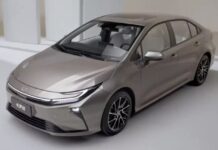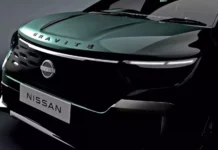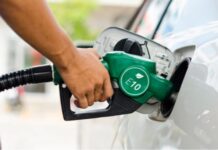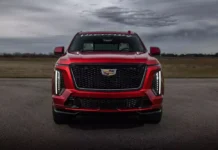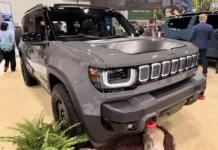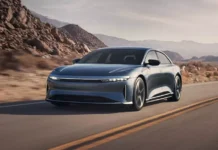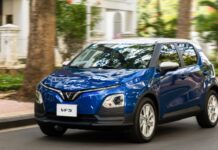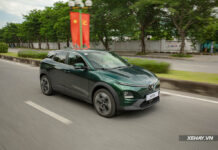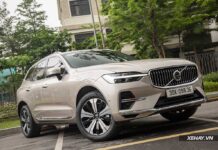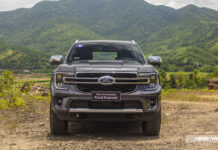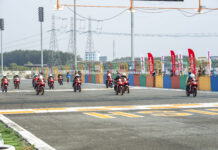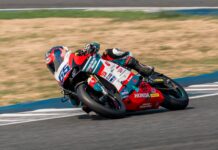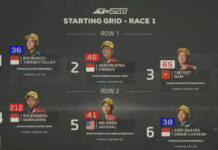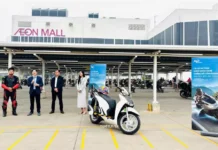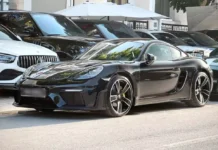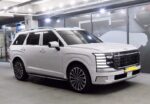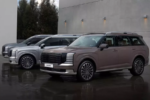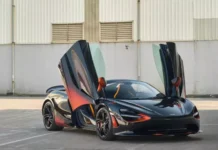The Hyundai Palisade’s self-leveling suspension system has been identified as an inherent weakness, despite the release of a technical service bulletin (TSB) in early 2022 to address the issue.
Despite Hyundai’s attempt to rectify the issue with the TSB, a stream of new complaints has surfaced. In some cases, owners have had to replace their shocks twice after just 22,000 miles of driving.
Prone to Failure, Especially in Higher-End Models
According to various large automotive forums, such as Palisade Forum, and data from the National Highway Traffic Safety Administration (NHTSA), the common issue reported is excessive bouncing and shaking at the rear of the vehicle, accompanied by shock absorber oil leaks. This problem typically surfaces between 20,000 and 60,000 miles of use.

The issue seems to be exclusive to higher-end Palisade models equipped with a self-leveling suspension system, a feature designed to maintain vehicle height when carrying heavy loads. However, according to owners, this very system is prone to failure, often occurring just after the vehicle’s warranty expires.
As a result, many owners have resorted to aftermarket solutions or completely switching to the standard suspension system found in the base Palisade models.

Hyundai is Aware but Yet to Provide a Permanent Solution
The Korean automaker has been aware of this suspension issue for at least three and a half years. In the TSB released in early 2022, Hyundai acknowledged that the internal insulator of the shock absorbers could fail, causing knocking or clunking noises. However, this bulletin only applied to 2020–2021 model year Palisades, while 2023 and 2024 owners are experiencing similar issues.
In a statement to Carscoops, Hyundai said, “We acknowledge the feedback from our customers and always prioritize safety, innovation, and after-sales service. However, Hyundai denies the allegations being made and will vigorously defend its position.”
This situation raises questions about the quality of suspension systems in Hyundai’s SUV lineup, as the company also faces a lawsuit in California regarding ABS and traction control system issues in 2023–2025 Palisade models.
With complaints persisting and no clear resolution from the manufacturer, many Palisade owners are left to fend for themselves or turn to unofficial solutions, which could impact the long-term driving experience and safety of this SUV.
The Ultimate Driving Machine: Hyundai Palisade Offers Peak Performance with Unparalleled April Deals.
Hyundai Motor Company and its trusted partner, Thanh Cong Vietnam Automobile Joint Venture (HTV), are thrilled to announce an exclusive offer for customers purchasing the Hyundai Palisade in April. For a limited time only, customers who complete their vehicle purchase during this period will receive an incredible support of up to 50% on the registration fee, applicable to all VINs regardless of the production year.
The Ultimate SUV Experience: Hyundai Palisade 2025 Launches in South Korea with a Starting Price of 775,000,000 VND, Anticipating its Arrival in Vietnam.
The 2025 Hyundai Palisade has arrived at dealerships in South Korea, boasting a range of upgrades and enhancements over its predecessor. This popular CUV has been treated to a comprehensive redesign, with a focus on amplifying its dimensions, engine performance, and the introduction of cutting-edge new features.

